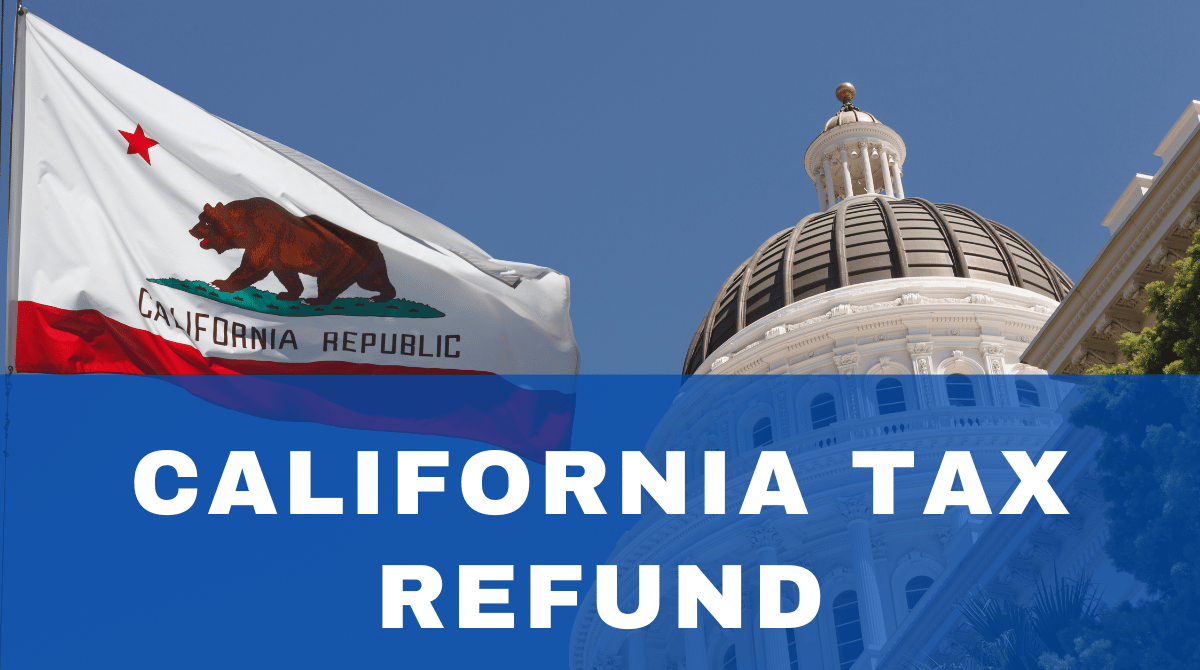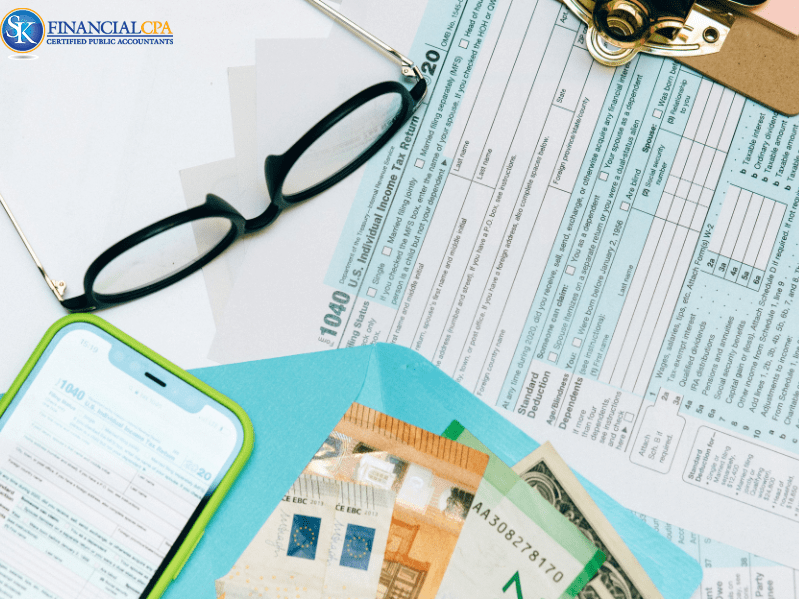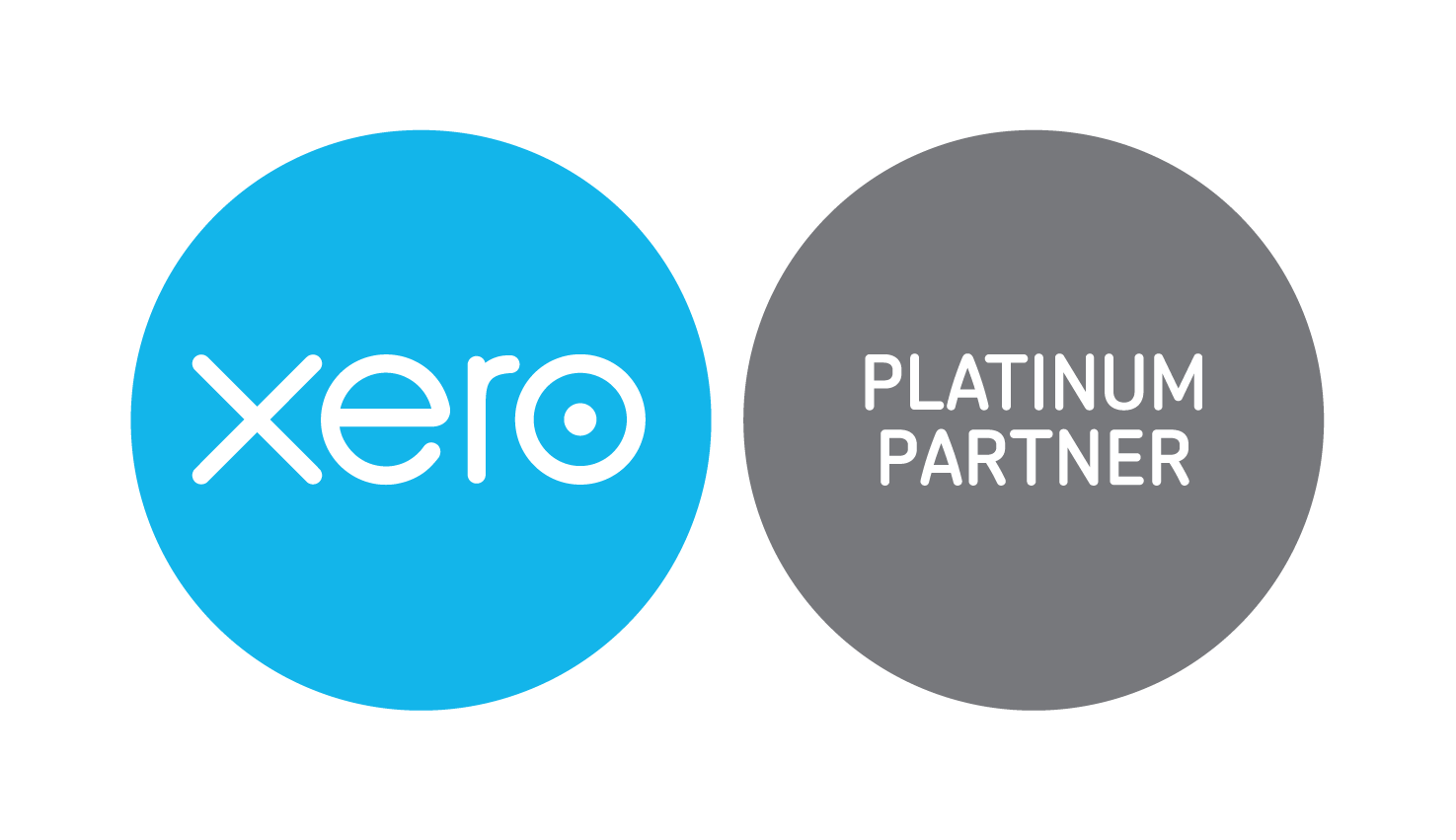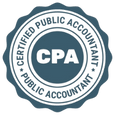
California Tax Refund: Check your tax Refund Status
A California tax refund is the money you get back when you’ve paid more taxes than you owe to the state. It’s your own money being returned often providing a welcome boost for bills, savings, or debt payments. In this guide we’ll explain how California tax refunds work, how to check your refund status, and what to do if there’s a delay.
How the California Tax Refund Works
California tax refunds are handled by the Franchise Tax Board (FTB). When you file your return, the FTB reviews your income, withholdings, and credits. If you overpaid, the FTB issues the balance as a refund either by direct deposit or check.
California Tax Refund (Step-by-Step)
-
Gather Your Documents
-
Choose the Right Tax Form (Form 540 or 540NR)
-
Report Income and Credits Accurately
-
File Electronically for Faster Processing
-
Review Before Submitting
-
Keep Copies for Your Records
Over 90 % of Californians now e-file it’s faster, safer, and reduces errors that delay refunds.
How to Check Your California Tax Refund Status
Once you’ve filed, you can track your refund easily using the FTB’s online tool. Here’s what you’ll need.
The "Check Your Refund Status" tool is handy, but it requires specific information to access your details.
What you'll need:
- Social Security number
- ZIP Code
- Your exact refund amount
- Numbers in your mailing address
- Social Security Number: Used to confirm your identity. Enter it carefully one wrong digit can block access.
- Exact Refund Amount: Must match the figure on your return. Check your filed copy before entering.
- Tax Year: Choose the correct year if you’re tracking past refunds to avoid confusion.
Processing speed depends on how you file and choose to receive your refund.
|
Method of Filing |
Estimated Processing Time |
Refund Delivery Method |
Remarks |
|
E-File with Direct Deposit |
2-3 weeks |
Direct Deposit |
Fastest and most secure method |
|
E-File with Paper Check |
3-4 weeks |
|
May be delayed due to postal service |
|
Paper Filing |
6-8 weeks |
Direct Deposit or Mail |
Longer processing time; potential for errors |
California Middle Class Tax Refund
The California Middle-Class Tax Refund (MCTR) was a one-time relief program designed to help residents manage living costs. This refund isn't just about money; it's about making life a bit easier and helping you get through the month with a bit more breathing room. Whether you're covering essential expenses or putting some money aside, the California Middle-Class Tax Refund aims to provide support when needed.
Common Causes of Refund Delays
-
Errors or Omissions: Small mistakes in your SSN or income figures can trigger manual review.
-
Identity Verification: If the FTB suspects fraud, they may request extra ID before releasing funds.
-
Incomplete Information: Missing forms or schedules delay processing until corrected.
Tip: Double-check all entries before filing even minor typos can slow your refund by weeks.
Best accounting and bookkeeping services in FL,US
What to Do If Your Refund Is Delayed
If your refund hasn’t arrived after the estimated time, first use the FTB “Check Your Refund Status” tool. If it shows “processing,” wait a few more days; if it shows “review,” call or message the FTB. Always respond quickly to any verification requests.
How to make the most out of Tax Refund
Smart ways to use your refund:
-
Pay off high-interest debt.
-
Build or top up your emergency fund.
-
Save for education or home improvements.
Need Help With Your California Taxes?
Unsure about filing or tracking your refund? The experts at SK Financial CPA can help you file accurately, avoid delays, and plan how to use your refund wisely. Contact us today for a free consultation.
Conclusion
Understanding how the California tax refund process works helps you get your money faster and avoid unnecessary delays. Stay organized, file electronically, and follow up using the FTB’s tools. When in doubt, seek help from a qualified tax professional to make the most of your refund.
FAQs
How can I check my California tax refund?
Use the “Check Your Refund Status” tool on the FTB website with your SSN, exact refund amount, and tax year.
How long does it take to get a refund?
E-filed returns with direct deposit take about 2–3 weeks; paper filings may take 6–8 weeks.
Why is my refund delayed?
Common reasons include typos, missing forms, or ID verification checks.
Can I change my refund method after filing?
No. Once submitted, refund delivery method can’t be changed. Contact the FTB if you entered the wrong account.
Is my California tax refund taxable?
Not if you took the standard deduction on your federal return. If you itemized, part may be taxable.
What if my refund check is lost or stolen?
Report it immediately to the FTB so they can stop payment and issue a replacement.
Can I still get a refund if I owe back taxes or debts?
The FTB may offset your refund to cover debts like taxes or child support, then send any remaining balance.
What if I get a refund I didn’t expect?
Don’t cash it yet contact the FTB to confirm it’s correct.
How can I use my tax refund wisely?
Pay debt, build savings, or invest focus on improving long-term financial stability.
Follow SKFinancial on Facebook / Twitter / Linkedin / Youtube for updates.












